Construction Materials Prices in Palestine
Palestine theoretically includes the West Bank (a territory that sits between modern-day Israel and Jordan) and the Gaza Strip (which borders modern-day Israel and Egypt). Building materials are used in the construction and production of various structures. Citrus fruits, strawberries, and flowers are the most important exports of the Gaza Strip. Fine sand is usually easily found on the beach and in the river. Israeli occupation in Palestinian territories, the barrier it has constructed along and within the West Bank as well as its land, air and sea blockades in the Gaza strip have placed severe limitations on the success of Palestinian economic policies. Plaster is a soft, white powder obtained from gypsum
Add your import and export orders to this list
Warning: Undefined variable $formTitle in /home/anbar/domains/anbar.asia/anbar/inc/html/desktop/orderform.php on line 10
Warning: Undefined variable $marketName in /home/anbar/domains/anbar.asia/anbar/inc/html/desktop/orderform.php on line 12
Warning: Undefined variable $location in /home/anbar/domains/anbar.asia/anbar/inc/html/desktop/orderform.php on line 12
If you want to trade in the , please join in Anbar Asia. Your order will be shown here, so the traders of contact you

There are the number of 4.1 million Palestinians, and more than 1.2 million Palestinians in the Gaza Strip. Palestine is as an old state in the Middle East. The construction industry is one of the most prosperous industries and businesses in the Middle East. Air, road, seaport and maritime Transportation are the main ways. Soil is a combination of excellent minerals and minerals created by weathering and rock destruction
- Palestine lime Market
- Palestine Cement Market
- Palestine Clay Market
- Palestine Glass Market
- Palestine Sand Market
- Palestine wood and timber Market
- Palestine Brick Market
- Palestine Plaster Market
- Palestine Ceramic Tile Market
- Palestine paint Market
- Palestine Concrete blocks Market
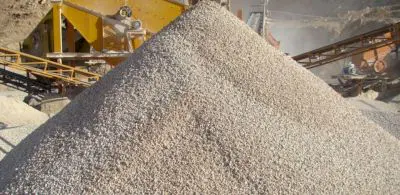
Gravel smaller than sand is called fine sand. Fine sand is usually easily found on the beach and in the river. In civil engineering, according to the classification, ASTM called fine sand for gravels smaller than 4.75 mm and coarser than 0.075 mm of.
Read More ...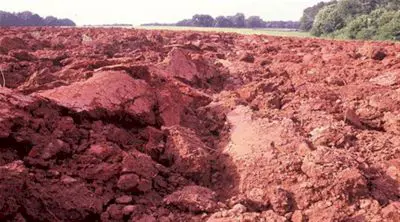
Clay is one of the types of sticky soils that is used in construction. This soil is the result of erosion of metamorphic and igneous rocks and because of its very fine grains, it is also called colloid. The important point in using this material is to choose a quality sample of it. Clay is the best material that can be used to control the temperature of the building.
Read More ...
Whitewash plaster: The price of whitewash plaster is very reasonable. This plaster is used to cover the surface and whitewash the walls, and its color is completely white.
Read More ...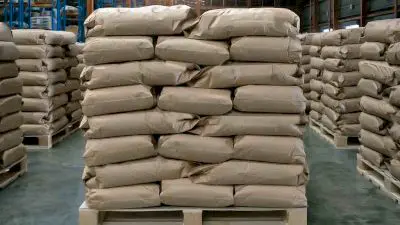
The combination of cement with water creates a hard material called concrete, which plays an important role in strengthening various structures.
Read More ...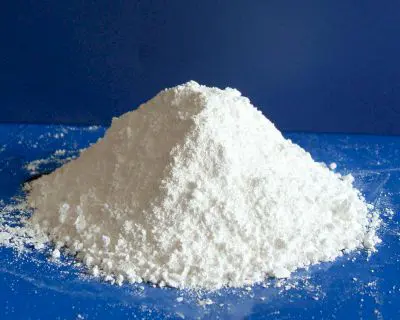
plaster is an abundant mineral that has been formed as a sedimentary layer for millions of years due to the evaporation of saline lakes and shallow seas. Raw plaster is mineral calcium sulfate which has two formulas.
Read More ...
Arab neighbors and their armies (Lebanon, Syria, Iraq, Egypt, Jordan, Jihad Army, Arab Liberation Army, and local Arabs) invaded the country shortly after Israel declared independence, followed by the 1948 Arab-Israeli war. As a result, the plan to divide Palestine never materialized.
Read More ...
Sand is produced by crushing rocks. Coarse stones are produced from the crushing and separation of natural stones, and finer sands, in addition to stones, also contain shells and corals. In civil engineering, aggregates smaller than 75 mm and coarser than 4.75 are called sand. Sands are divided into two categories according to the source and type of grains used in construction.
Read More ...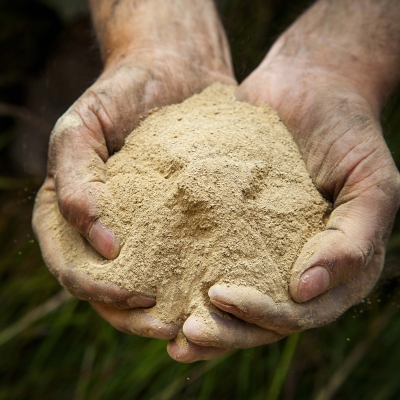
Clay soil is a term that refers to sedimentary rocks containing a significant amount of clay minerals, such as rock. Iran is one of the special regions of the world that has many resources; The export capacity of clay from the waters of Chabahar port to Pakistan shows that Iran has the richest resources.
Read More ...Trends in productivity improvement in construction projects in Palestine . * Department of Civil Engineering, IUG, PALESTINE ** Fachgebiet Bauwirtschaft und Baubetrieb, Technische Universitaet Berlin, GERMANY *** PECDAR, Gaza, PALESTINE. Out of the 3,900 factories in Gaza producing food, construction materials, wood, paper, craftwork, engineering materials, metals, plastics and rubber, more than 2,900 factories have ceased to produce. In Palestine like several other countries, productivity in construction industry still suffers from lack of accurate measurements and effective strategies to enhance construction productivity. (2006), The Gaza Economy" Palestine Center Information, Brief No. The lessons learnt under this approach are being reviewed and considered by mayors of other major cities in the West Bank such as Nablus and Ramallah/Al Bireh. Dozens of trucks carrying construction materials were allowed to enter the Gaza Strip on Tuesday after Israel eased a long-standing blockade it tightened even further in the wake of an 11-day assault on the Palestinian enclave in May. A Villa in Ramallah. The development of planned cities such as Beersheba, attention to and works, and the construction of the Hijaz railways and clock towers are some manifestations of those Ottoman policies in Palestine. Soon after their conquest of Palestine, the British authorities issued a Town Planning Ordinance (1921) that created Palestine planning institutions and their respective powers. This explains for instance the compulsory use of stones in several regions of Mandate Palestine. In major cities and towns, such as Ramallah, al-Bireh, Bethlehem, and Beit Jala, new construction reflected contemporary urban architecture forms rather than traditional peasant architecture. These relatively smooth to the built environment in Palestine ended abruptly with the cataclysmic event in 1948 that is referred to by Palestinians as the Nakba, during which more than 400 Palestinian towns and villages were depopulated. In the decades that followed, successive Israeli master plans were designed to dominate and expropriate the land mass of Palestine that became Israel and reflected total disregard for the spatial, social, and economic needs of the Palestinians who remained. In the part of Palestine that came to be known as the Gaza Strip, the post-1948 influx of 250,000 refugees increased the indigenous population of over 70,000 by more than 300 percent. Jerusalem, Nablus, Ramallah, and al-Bireh (and even some villages that were rapidly expanding as towns) were among the urban centers whose architecture had a distinctly modern flavor, as can be seen in the public and private buildings and institutions constructed during this and post office buildings, universities, hospitals, public parks, banks, hotels, cinema theatres, and some family houses. Huge investments have been made in real estate and the construction of suburbs, gated communities, shopping centers, and the first “planned city” (Rawabi, located between Ramallah and Birzeit). ” Journal of Palestine Studies 19, no. ” Journal of Palestine Studies 5, nos. Reclaiming Space: The 50 Village Project in Rural Palestine. Ramallah, Palestine: Riwaq, 2015. Washington, DC: Institute for Palestine Studies, 1992. The Timeline is authored by the Institute for Palestine Studies as part of a joint project with the Palestinian Museum.
Read More ...
https://unhabitat.org/palestine-housing-and-slum-upgrading-2
https://www.scielo.cl/scielo.php?script=sci_arttext&pid=S0718-50732013000200005&lng=en&tlng=en

